
Loading...

Nabin Gopal Baidya, Rohan Shrestha | September 11, 2020
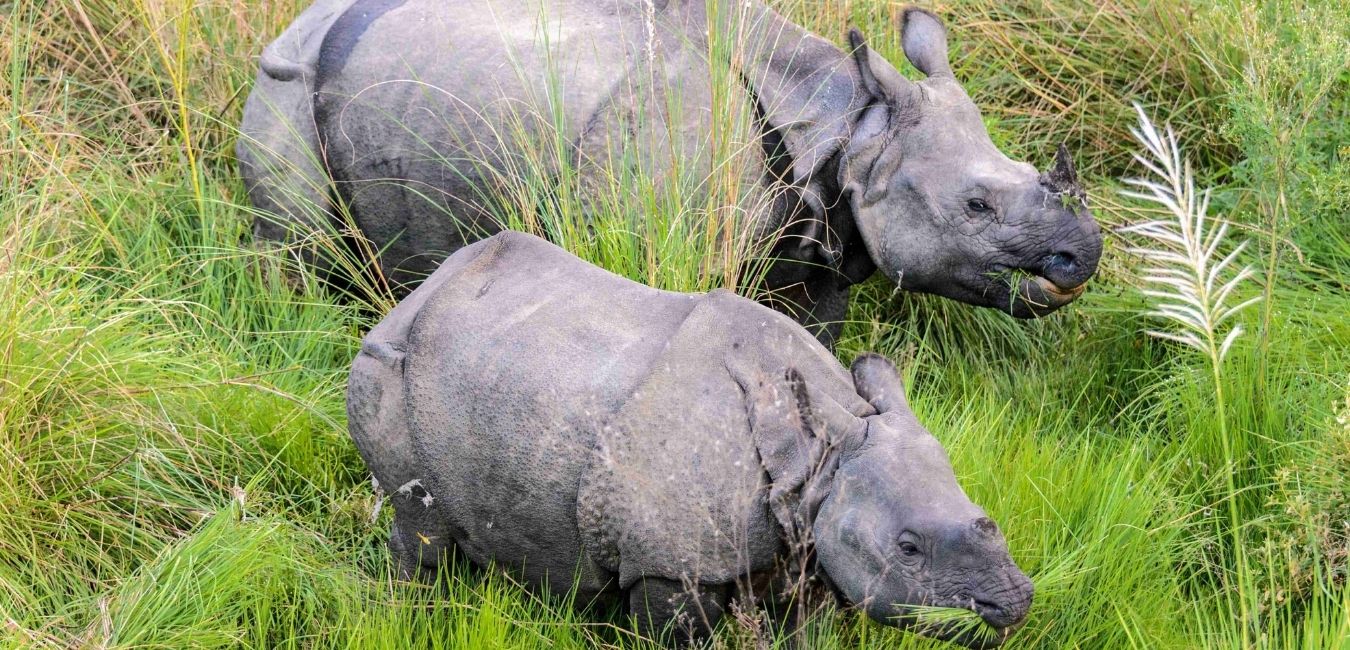 Rhinoceros are massive hoofed mammal of Africa, India, and Southeast Asia, characterized by a snout with one or two horns. The skin of the rhinoceros is extremely thick, nearly hairless in most species, and deeply folded in some. The horns, arising from the skin, are made of keratin, a fibrous substance. The legs are stout and short and end in broad feet, each with three toes. Rhinoceroses are herbivorous, browsers or grazers according to the species. Most live near water and like to wallow in mud; all swim well. They have poor vision but good hearing and a good sense of smell. Mostly solitary animals, they feed by night and in the early morning and evening; they rest in shade during the heat of the day.
Rhinoceros are massive hoofed mammal of Africa, India, and Southeast Asia, characterized by a snout with one or two horns. The skin of the rhinoceros is extremely thick, nearly hairless in most species, and deeply folded in some. The horns, arising from the skin, are made of keratin, a fibrous substance. The legs are stout and short and end in broad feet, each with three toes. Rhinoceroses are herbivorous, browsers or grazers according to the species. Most live near water and like to wallow in mud; all swim well. They have poor vision but good hearing and a good sense of smell. Mostly solitary animals, they feed by night and in the early morning and evening; they rest in shade during the heat of the day.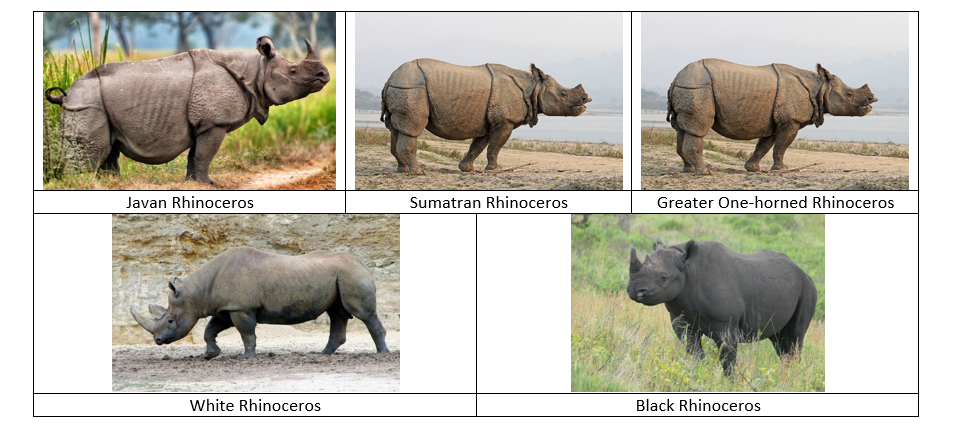
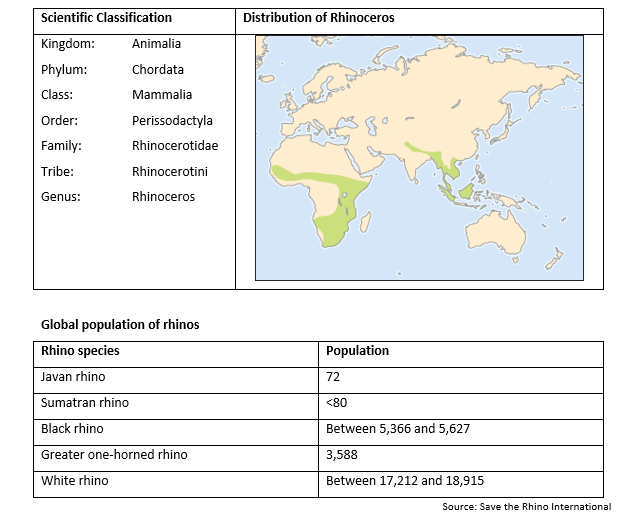
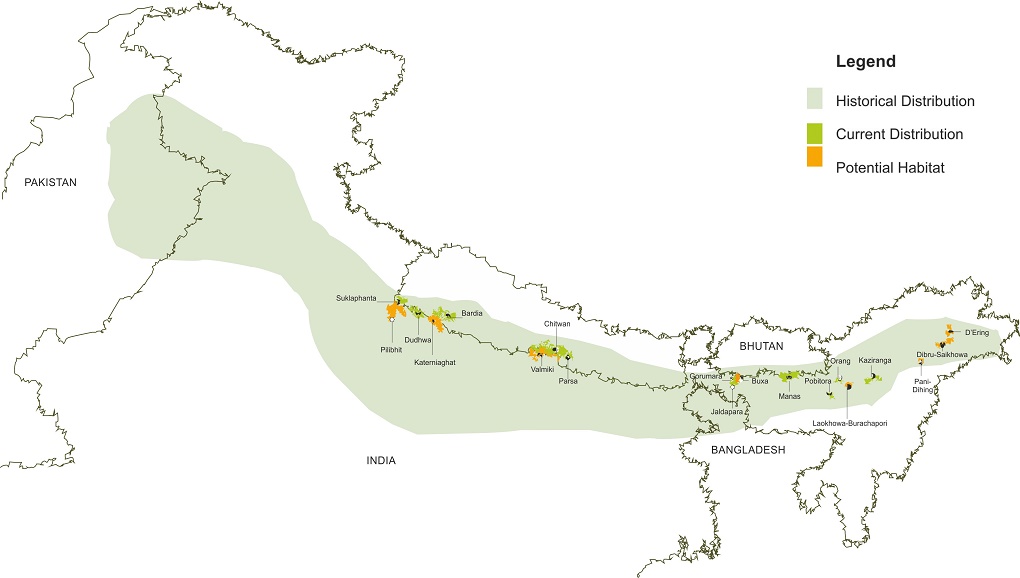
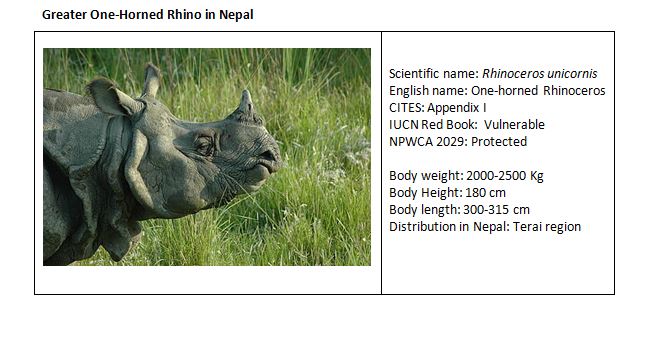
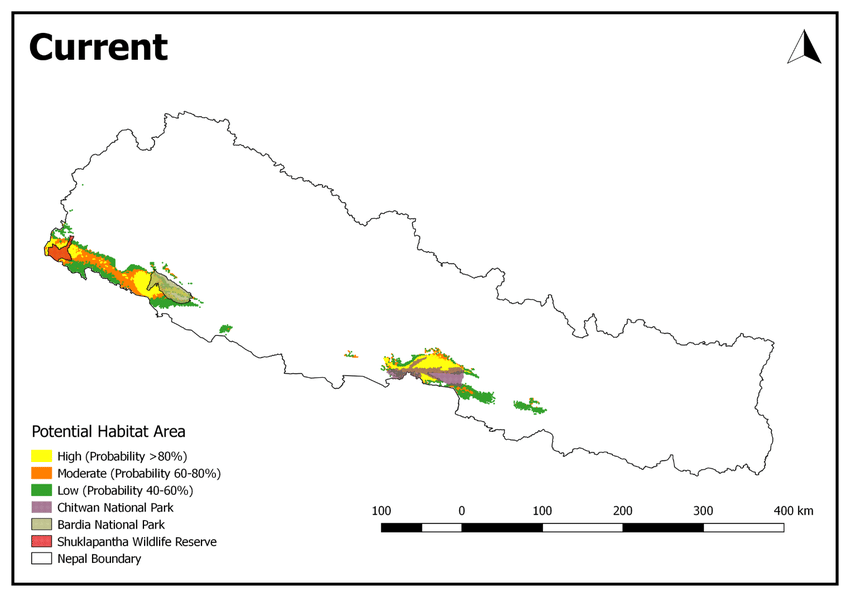
House No. 135, Nayabasti Marg, Baluwatar, Kathmandu-4
Tel: +977 1 437 5460, +977 1 437 5267
Email: mail@wcn.org.np
© Wildlife Conservation Nepal . Developed by Eleven Pixels.